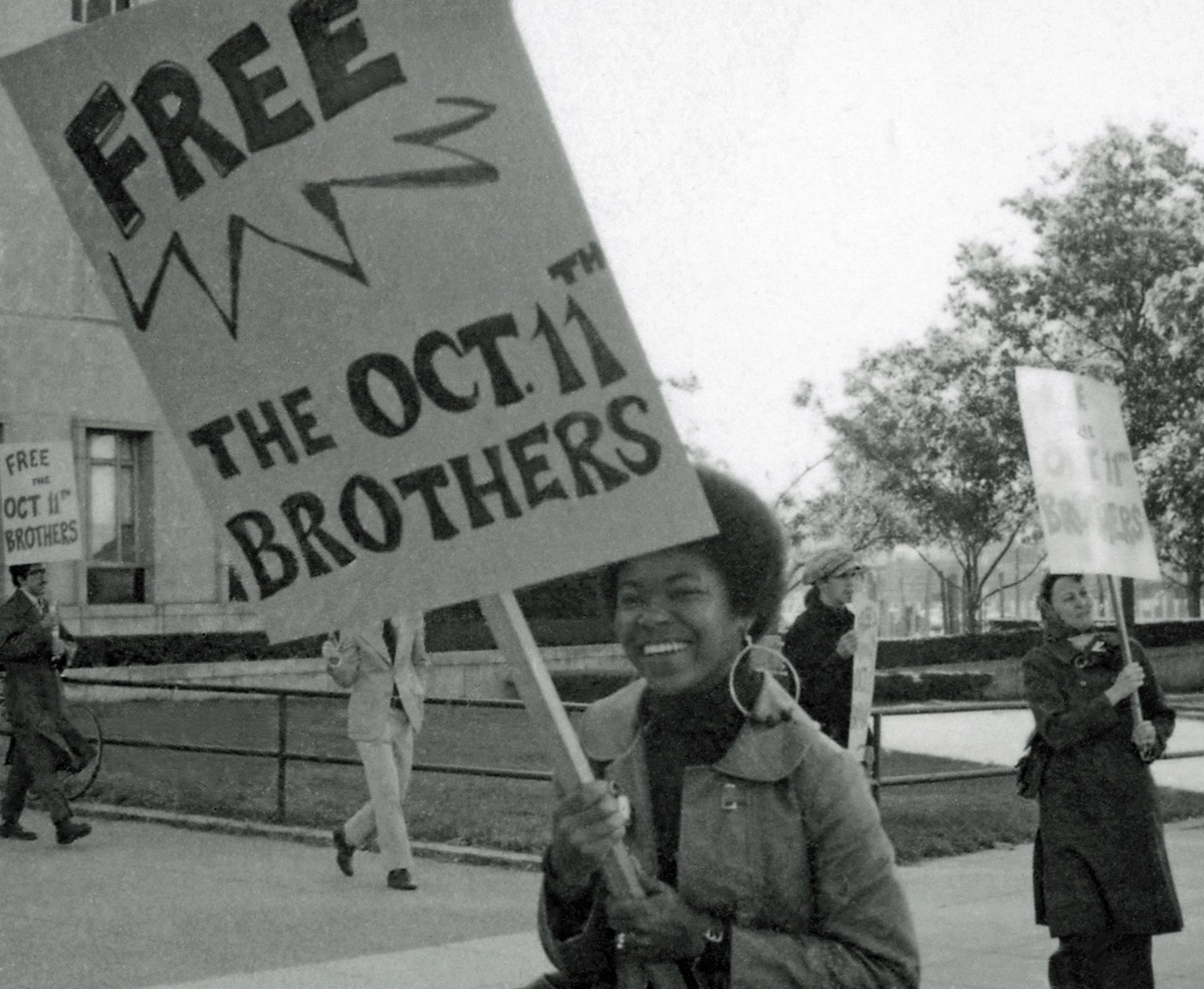On Oct. 27, 1994 the U.S. Justice Department announced that the prison population topped one million for the first time in U.S. history.
The figure — 1,250,000 people in state and federal prisons — did not even include local prisons, where an estimated 547,000 prisoners were held, usually for short periods. Mass incarceration in the U.S. has more than doubled since then. According to the ACLU:
Despite making up close to 5% of the global population, the U.S. has more than 20% of the world’s prison population. Since 1970, our incarcerated population has increased by 500% — 2 million people in jail and prison today, far outpacing population growth and crime.
We recommend the report, Mass Incarceration 101: Resources to Help Students and Teachers Understand the Carceral System, featuring the lead image above and many more from the Prison Policy Initiative. The report provides a “list of publications and tools [students and teachers] can use to better study the carceral system and that can serve as launchpads for further research.” Also see the Sentencing Project’s report Mass Incarceration Trends.
As reported by the Pew Research Center, incarceration rates in the U.S. have declined since 2006. While this means fewer people in prisons and jails, there has been an increase in people on parole, home monitoring, and other forms of state repression. After a decade of declining numbers, the Sentencing Project reported an increase in the incarceration rate in 2022.
It is vitally important to teach about many issues related to mass incarceration including the school-to-prison pipeline, felon disenfranchisement, juvenile justice, solitary confinement, prison abolition movement, the prison industrial complex, prisoner uprisings, political prisoners, and more.
For teachers and students, learn about these issues from the Justice in America podcast and the Related Resources further below.
If you teach about the Attica Prison Uprising, share your story and we will send you a free copy of Blood in the Water: The Attica Uprising of 1971 and Its Legacy by Heather Ann Thompson.
Despite the fact that the United States has the highest rate of incarceration in the world, there are very few books available for children and young adults on the topic. In addition, there are not enough books featuring families dealing with incarceration. Teaching for Change’s Social Justice Books has a list of recommended titles for children and YA on incarceration. Let us know if you have titles you recommend to add.



















Twitter
Google plus
LinkedIn